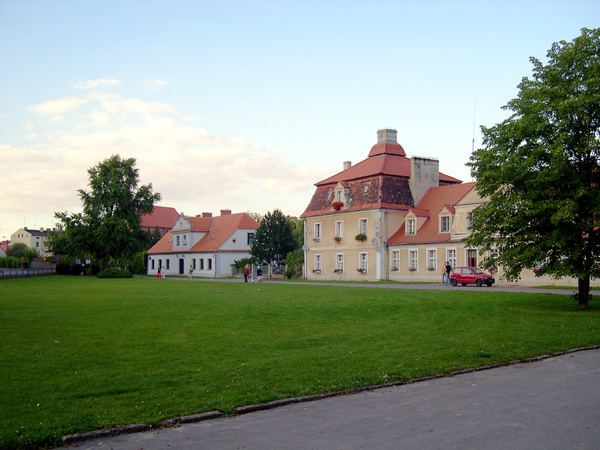Climate Cfb Area 6.08 km² Population 6,981 (2006) | County Poznań Postal code 62-035 Local time Sunday 8:13 PM | |
 | ||
Weather 2°C, Wind S at 14 km/h, 89% Humidity Voivodeship | ||
Kórnik [ˈkurɲik] (German: Kurnik, 1939-45 Burgstadt) is a town with about 6,800 inhabitants (2006), located in western Poland, approximately 25 kilometres (16 mi) south-east of the city of Poznań. It is one of the major tourist attractions of the Wielkopolska (Greater Poland) region because of the historical castle and arboretum, which the oldest and richest collection of trees and shrubs in Poland.
Contents
Map of K%C3%B3rnik, Poland
Until 1961 there were two separate towns, Kórnik and Bnin, both founded in the Middle Ages (Bnin gained town rights in 1395, and Kórnik in 1426), situated just 1 kilometre apart. Bnin lost its town rights in 1934, and in 1961 it became part of Kórnik. The enlarged town also includes the former settlement of Prowent, birthplace of the poet Wisława Szymborska.
The town's notable sites include:
During World War II, Kórnik (renamed Burgstadt) was annexed by Nazi Germany from 1939 to 1945 as part of Landkreis Schrimm, Reichsgau Wartheland. On 20 October 1939 a mass execution of 15 local residents was carried out, part of Operation Tannenberg.
Twin towns — Sister cities
Kórnik is twinned with:
